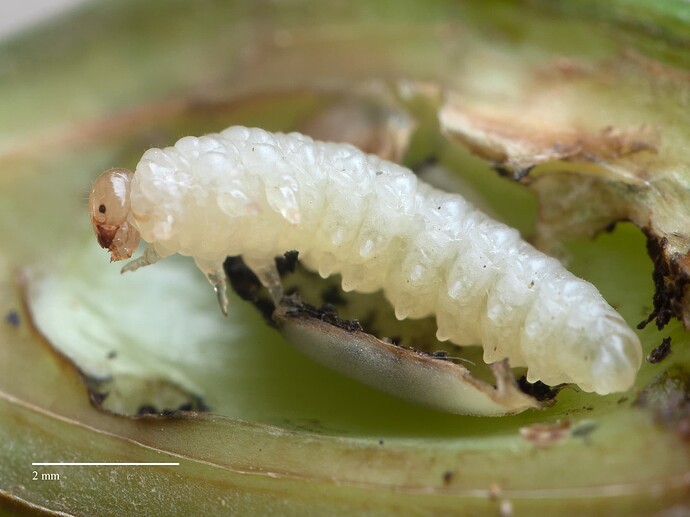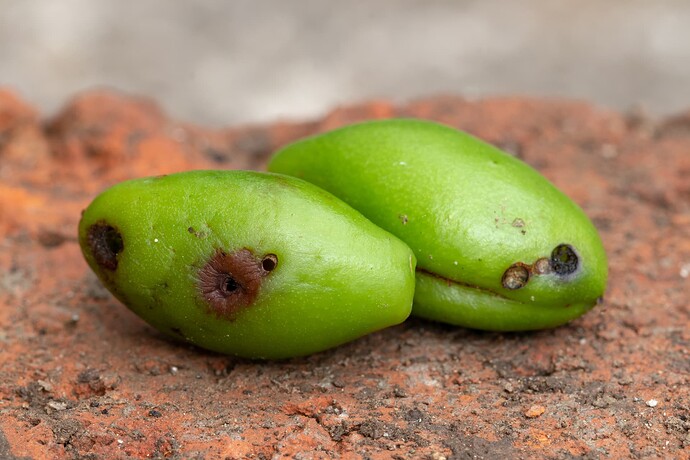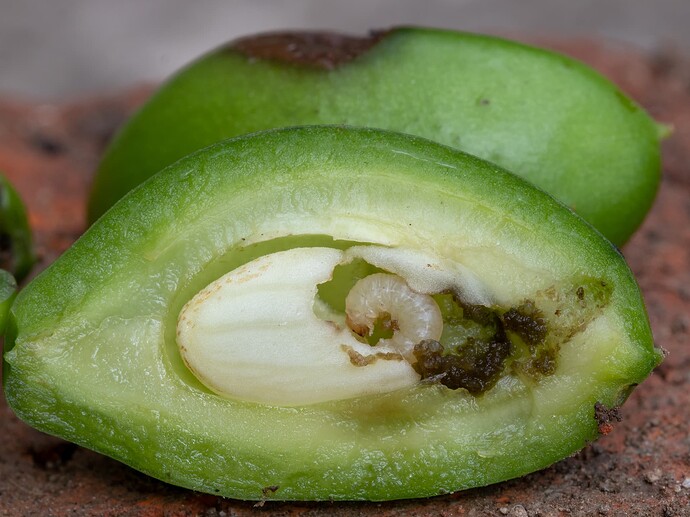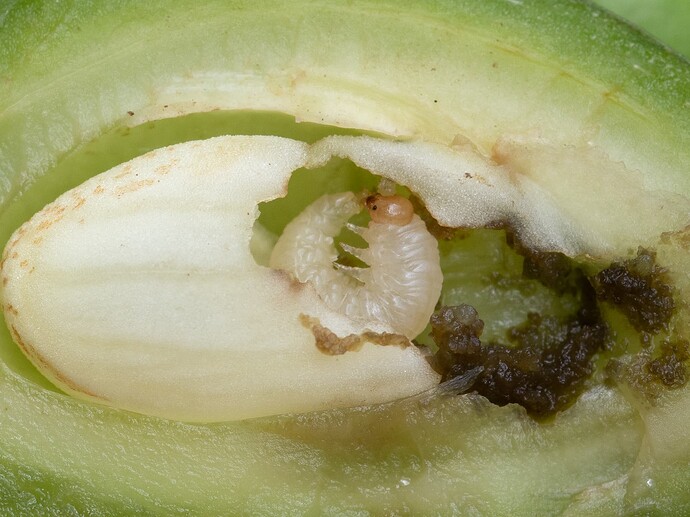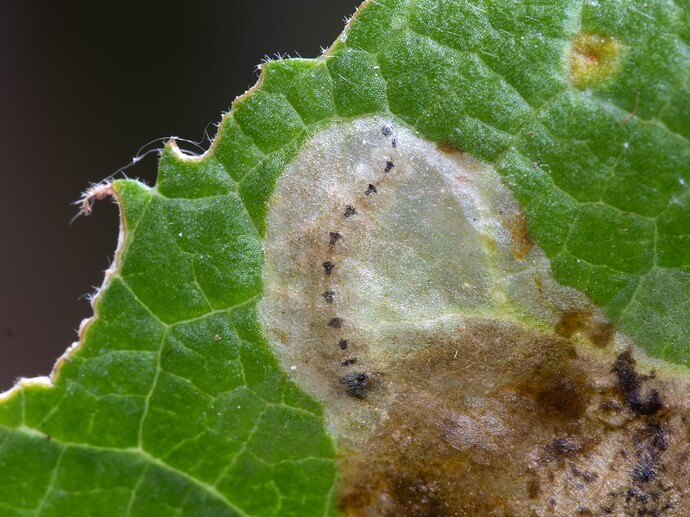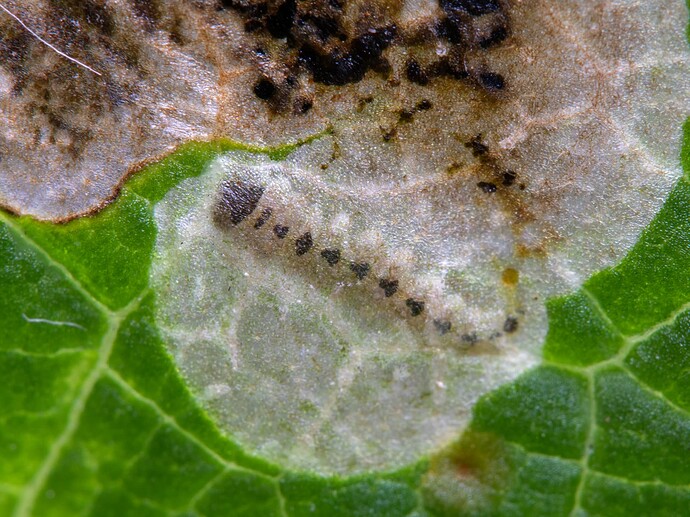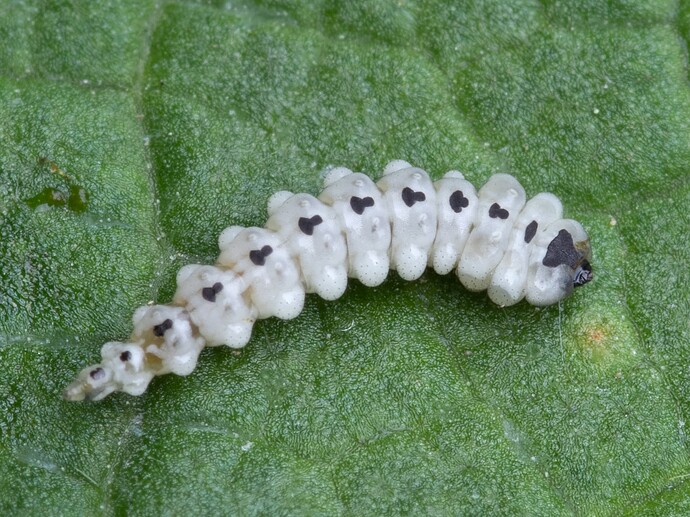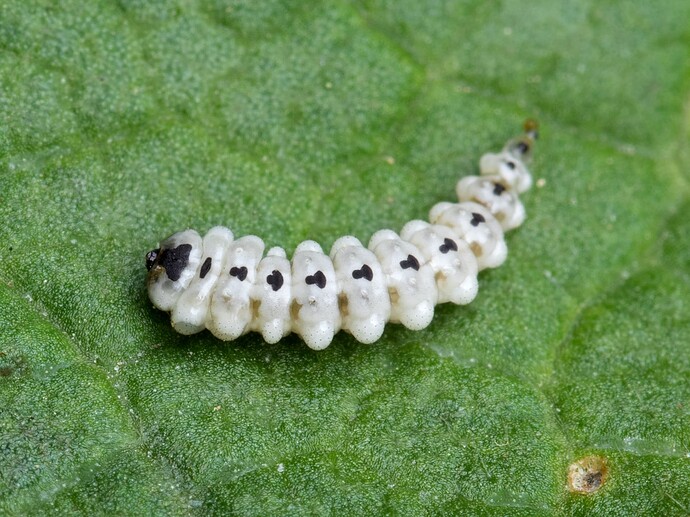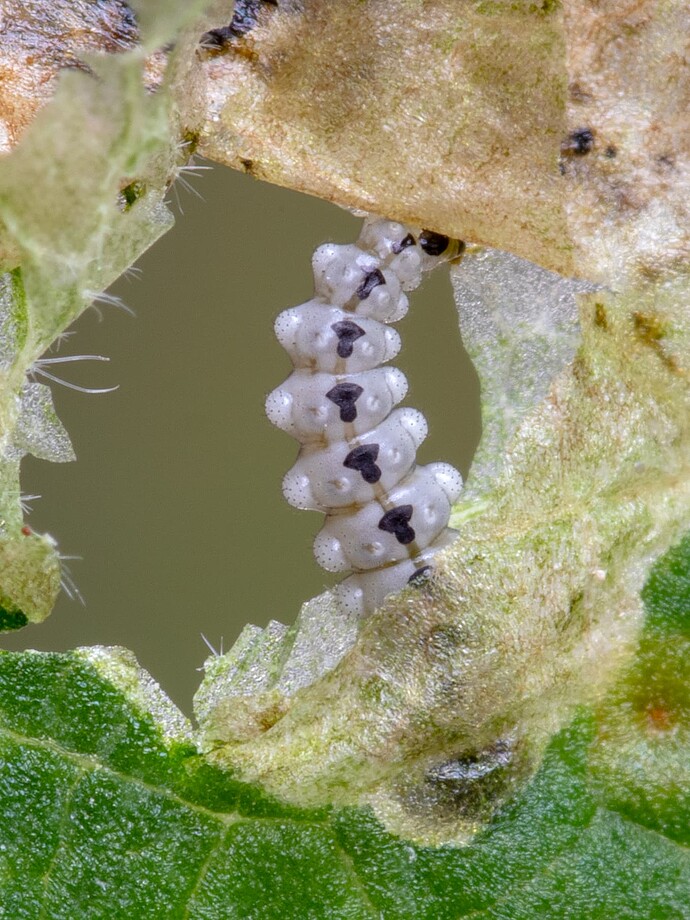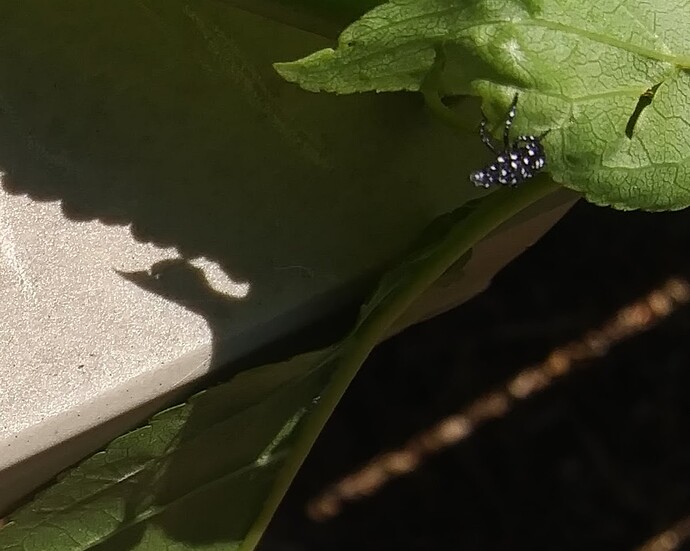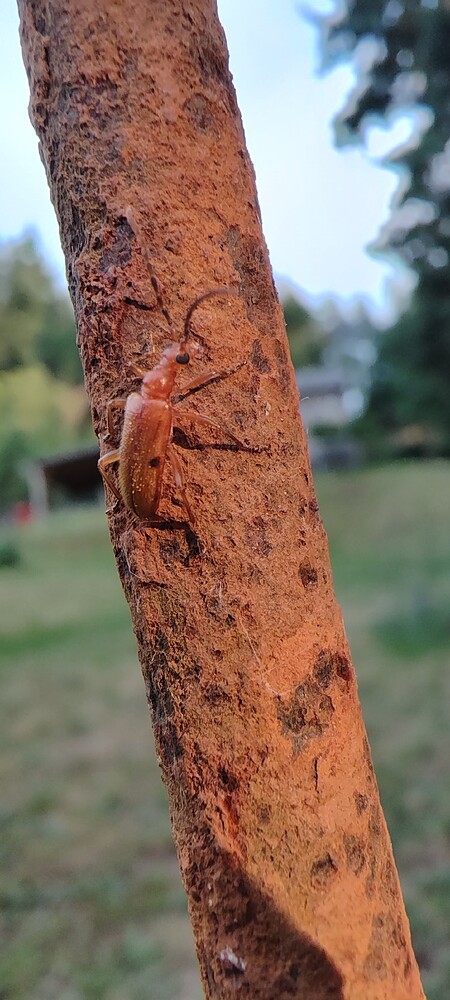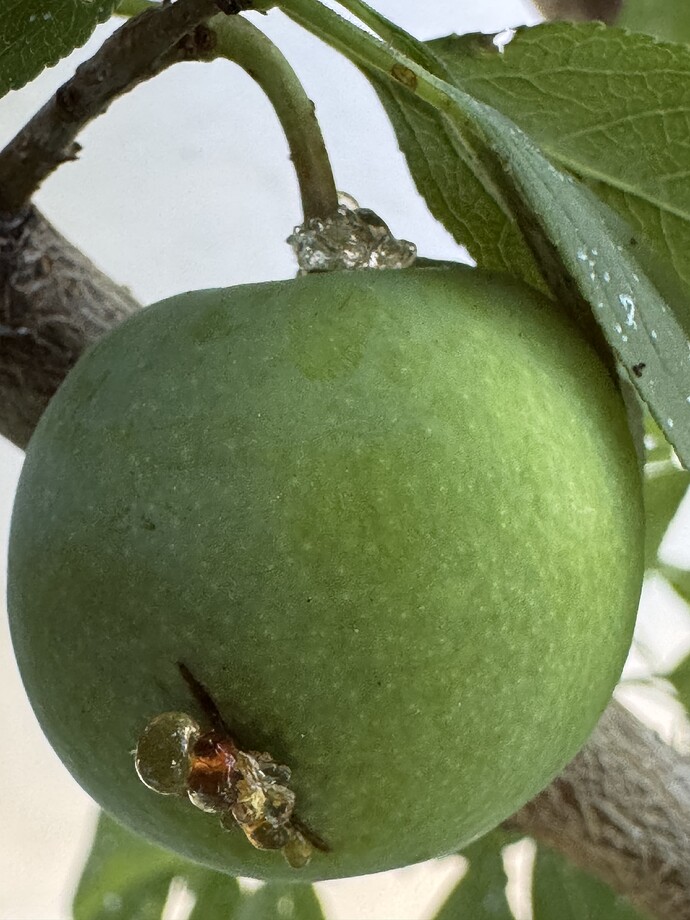That’s my bet. CAR and quince rust pressure is high for me. Doesn’t look like their usual fruiting structures though.
I’m guessing that’s what got these apples, too, even though it is spread by Eastern cedar or junipers, not western red cedar. Someone could have brought home some non-native trees near me.
Only the Potomac pears have these spots. I don’t remember them during prior years. These trees have been fruiting for 4 years. First two the fruits were very green, juicy, super enjoyable. Last year they were heavily cat-faced, I think from stink bugs because we were inundated. This appears to be a new unrelated problem. Does anyone know what this is?
Blackrot
I searched some state extension services and think it’s San Jose scale. They all recommend dormant oil when the trees are dormant, and of course I didn’t do that.
I have the same problem on my plum and apple leaves. I wish someone could provide some inputs .
Im betting on N. Im going to apply some bloodmeal tonight and see where that gets me.
Blood meal takes time to break down in soil. 8 suspect N too, I am going to give the tree foliage spray
Hoplocampa minuta/flava - black and yellow plum sawfly (larvae are very similar, same damage).
An awful pest of the European plum; one larva bores into up to 5 fruits, causing them to drop. When I grew the Stanley variety, the damage was almost 100%. This is on the Elena variety which is moderately affected (so far).
Black with white dots identified as Spotted Lanternfly nymphs.
Google Lens has the insect as Rhagonycha fulva,the Common Red Soldier Beetle,while Seek found Centrodera spurca,Yellow Douglas Fir Borer.
Obrium cantharinum is mostly confined to Europe and is fairly rare,even on a threatened list.
I’ll keep looking.
I’m not familiar with this insect (different continent), and not all its details are visible, but here’s an attempt – Curtomerus flavus.
My pluots very first fruit after planting in 2020!!! Ugh!!! What do we have here?
Colleen in Massachusetts.
Looks like plum circulio.




